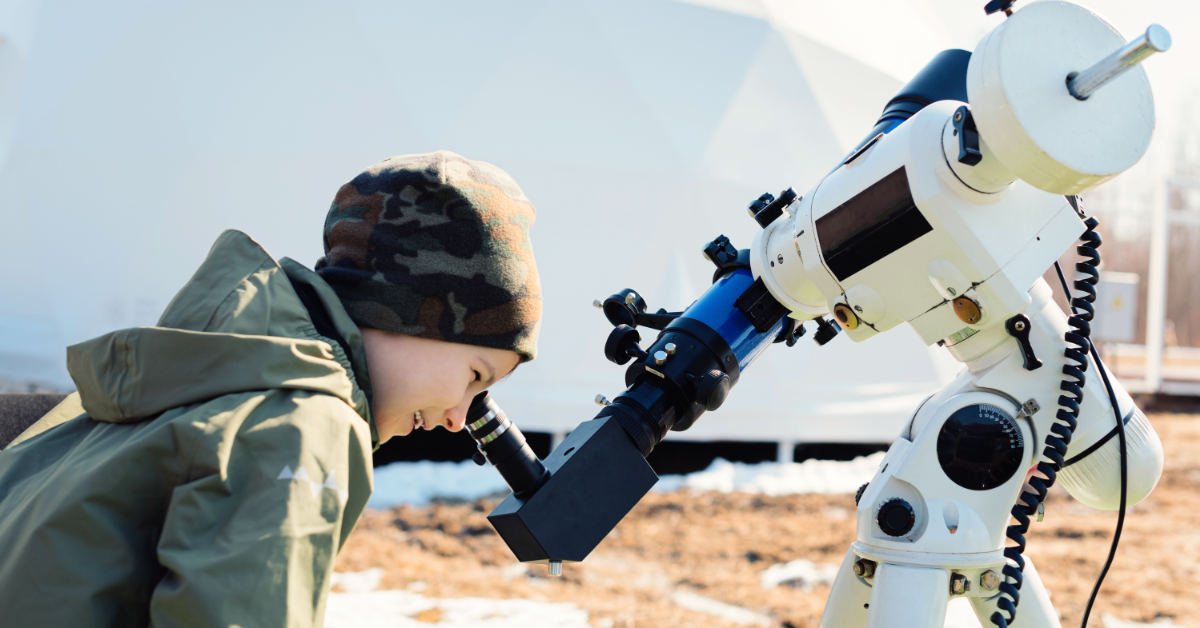La closing ceremony ofInternational Year of Glass, which took place on Wednesday 14 December at the United Nations Headquarters, did not interrupt the projects aimed at testifying and celebrating the greatness of a timeless material.
In line with the engaging invitation of Alicia Durán, president of theUN International Year of Glass 2022, therefore the events dedicated to the world of glass continue. And our country is once again at the forefront, strengthened by a narrative that draws nourishment from one centuries-old tradition, which involves the distinct but contiguous areas of industry, design, art and science.
The exhibition
The promotion of glass as a scientific material of tradition and of the future takes place at the Giovanni Poleni Museum of the History of Physics in Padua, through a temporary exhibition entitled "Glass. From Roman antiquity to space probes", which will remain on display until 30 April 2023.
The exhibition represents an evocative journey to discover the characteristics and applications of glass, with particular attention to the physical properties of this material: a solid, with different qualities of a liquid.
The organization
Organized by the Giovanni Poleni museum and the Galileo Galilei Department of Physics and Astronomy, “Vetro. From Roman antiquity to space probes” is part of the third mission project “Science from the Islamic world to today's Europe”. The exhibition itinerary of the exhibition is articulated through archaeological finds, European and Islamic art objects and scientific instruments from the seventeenth century to the present day.
An encounter between materials and peoples
Artistic objects and scientific instruments are juxtaposed to highlight the contiguous development between art and science, according to a criterion of temporal consistency.
The chronological order also underlines the contribution that a material such as glass has given and continues to give to astronomical progress, starting from the first lenses up to the interferometer of the Plato mission, scheduled for 2026, with the aim of observing the presence of planets in extrasolar systems.
The exhibition also traces the different methods of working glass, the evolution of which was favored by the encounter between peoples, in particular thanks to theinfluence exerted by the Muslim world on the Venetian one.
The exhibition, with free admission, is open to the public on Saturdays and Sundays from 10 to 18 and on Tuesday afternoons from 17.30 to 19.30. To fully grasp the charm of the “Vetro. From Roman antiquity to space probes" watch the report at the following link: https://www.youtube.com/watch?v=OLbuvmUDpZs&t=291s.
Sources: ilbolive.unipd.it, Musei.unipd.it



